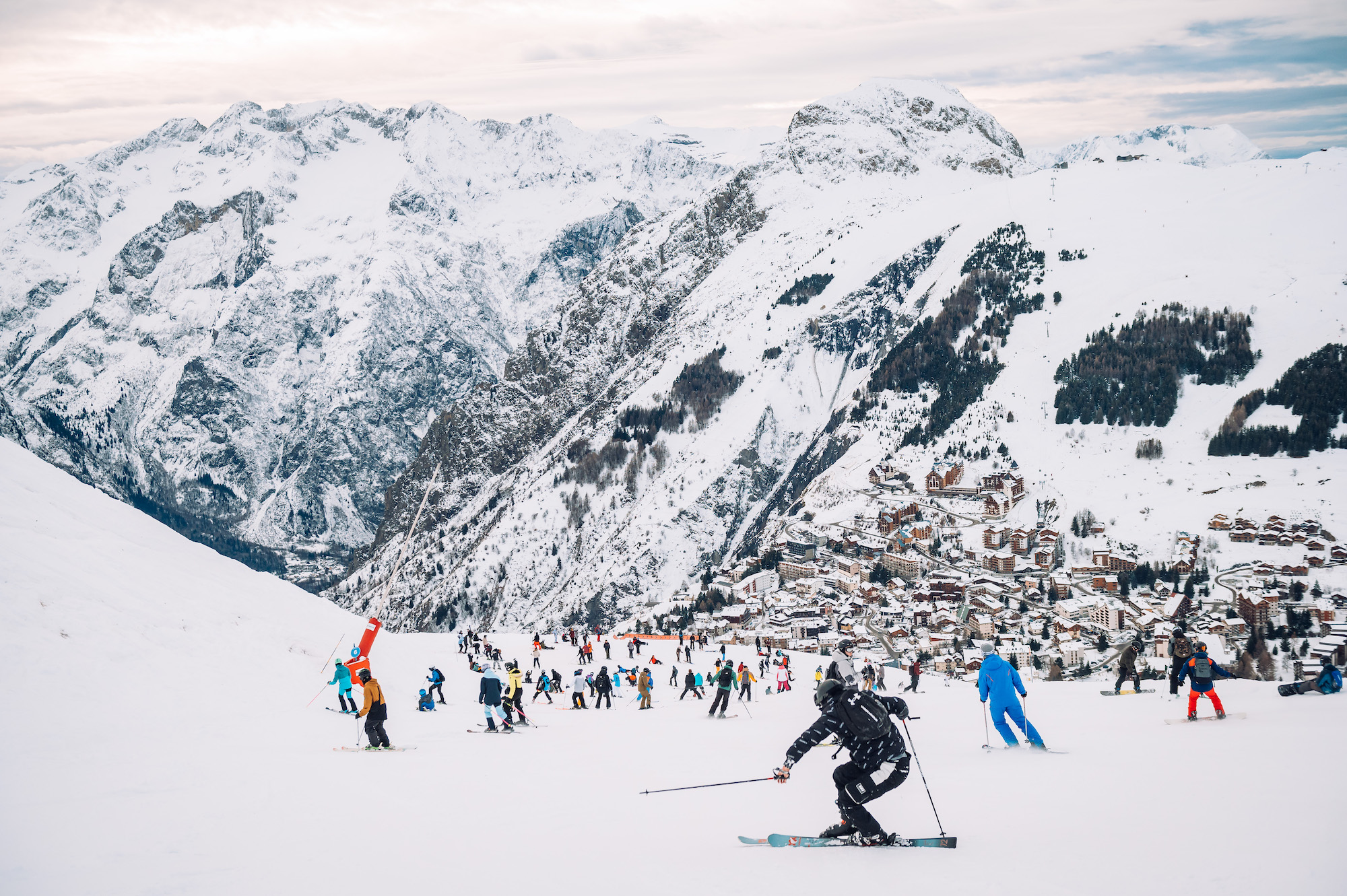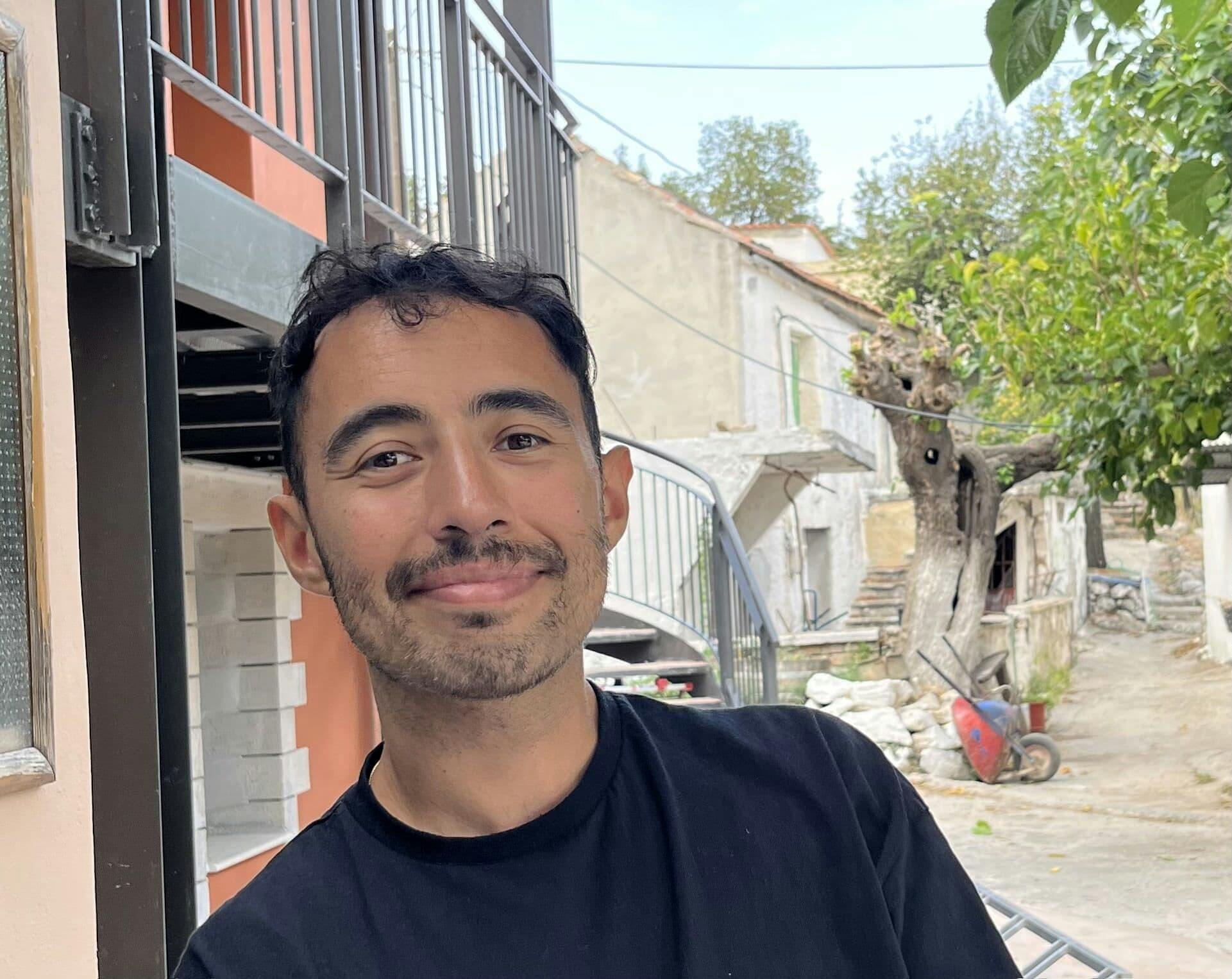Most festival creators will be familiar with the classic 9-month sales cycle — you launch your line-up, then your early-bird tickets, followed by several marketing campaigns with new ticket releases until the day of the event. While this may have worked well 5 or 10 years ago, the aftermath of Covid and subsequent changes in consumer behaviour have disrupted the conventional sales cycle, making it less predictable and increasingly volatile.
So how can festivals respond and adapt their marketing to this changing economic landscape?
For Rise Festival, one of the world’s leading music and snowsports festivals, the traditional sales cycle was ditched long ago. The brainchild of some of the UK’s best club promoters, including Easol’s Founders Ben and Lisa Simpson, Rise has grown to become an essential fixture in the festival calendar. Celebrating their 10th anniversary this December, as a 3-day winter event hosted in the French Alps they quickly understood that marketing their festival all year round was the only way to sustainably operate and sell.
In a special Tactics episode of Easol’s Creators in Session, Jamie Thomson and Lizzi Pepper, Festival Director and Head Of Operations at Rise Festival, join Easol’s Co-Founder Lisa Simpson for a masterclass on marketing a festival 365 days a year. Learn how to:
Harness FOMO to drive conversions
Capture content that’ll fuel your annual marketing calendar
Speak to different target audiences with highly customised content
Turn your fans into your biggest asset
Harnessing the power of FOMOBy nature of being once-a-year events, creating FOMO (fear of missing out) is a cornerstone of many festivals’ marketing strategy. But Rise takes this a few steps further.
Where most festivals would simply post teasers leading up to the event, Rise has found that the best time to harness FOMO is during the event itself. This means that before the festival even starts and while everyone is enjoying the event, tickets for the next year are already available for purchase on the website.
“It’s the point where all eyes are on your festival — everyone that’s there is sharing stories. And everyone that’s sat home and hasn’t made it this year are going ‘I’ve really missed out here,’” says Jamie. “So, if you’ve got that actual fear of missing out, you can purchase and join next year straight away.”
While it might seem strange to see two events being promoted at the same time, this strategy has been a major conversion driver for Rise. In fact, Rise has doubled in size since implementing the tactic with some of their biggest sales days happening while the event is live.
With the festival held right before Christmas, Rise has also found that this strategy has helped them capitalise on the season when people are more interested in ski trips compared to spring and summer months as dictated by a traditional sales cycle. By giving customers advance time, it also makes payment plans more attractive and the festival becomes affordable to more people.
“The lead time to the customer is one of the biggest reasons why we do it because if you're flying to France from somewhere like Australia or South Africa, you don't want to just make that decision within the traditional six or nine months. We want to give people 14 months to think about it,” says Lizzi.
If you run a destination festival like Rise that comes with built-in extra costs like accommodation and transportation, or have customers around the world, consider implementing this tactic at your next event!
Maximising content capture for the year ahead
In order to sell tickets year round and keep the FOMO going, Rise invests heavily in content production on-site that can fill a whole annual marketing calendar.
To pull this off, Rise has a 30+ person media team consisting of producers, editors, a camera crew that shoots hi-res and a social media team that captures more lo-fi content as a festival attendee would. With a lot going on on top of running the event itself, keeping the team organised and focused is key to making it work.
Before the festival starts, Rise has a session dedicated to creating content briefs. The team reviews customer communications to understand what common questions were asked that need more explainer content, as well as what periods have sales lulls that need more relevant, engaging content.
“We’ll come up with about a thousand pieces of content before the festival,” says Jamie. “And we executed roughly 90% of those ideas this year.”
“You’re going to get loads of people dropping content into folders and if that’s not cut down and edited, you’re going to run into challenges throughout the year,” says Jamie. “So we try to tee ourselves up for success while we’re on-site and everyone’s heads are in it and living the spirit of Rise.”
One of Rise’s more impressive content moments in their santa ski run, where hundreds of attendees dress up in festive outfits and ski down 3400m from the glacier to the resort. The stunt required multiple crew members spending hours planning and scouting the best capture points on the mountain, while also considering the weather conditions.
“It just makes for the most exceptional piece of content that you can possibly imagine around Christmas time,” says Lizzi. “What other festival has very specific Christmas content they can post on Christmas Eve?”
Not only does the santa ski run help differentiate Rise from other festivals, it also spotlights their skiing experience in a fun way that attracts both advanced and first-time skiers, enticing them to book.

Targeting multiple marketing personas
One of the biggest marketing challenges a festival can face is promoting to different target audiences. For Rise, this includes different geographic locations, from the UK to Brazil, as well as different skier levels, from professionals to complete beginners. And with such a complex festival, it can be difficult to give customers all the information they need to book without getting overwhelmed.
To tackle this, Rise syncs their communication and marketing teams to produce and distribute highly targeted content that speaks to their audiences’ common questions and concerns. Every customer communication gets categorised, which feeds into a weekly report.
“Every week our comms team will meet with our marketing team to say ‘look, a lot of people have asked this week about transfers’, so that means our output on social media needs to be explaining that better,” says Lizzi. “It’s about working collaboratively to assess exactly what the customers are after at that moment in time.”
Not only does Rise adapt their marketing to customers already interested in booking, but they also consider marketing to customers in new and secondary markets to grow the festival year after year — allocating 20-30% of their budget to prospecting in these areas.
They identify these emerging markets using the powerful Data and Insights tools Easol provides, in combination with having a single customer view across their full booking journey. Again, Rise makes sure their marketing is adapted and customised for each market by displaying pricing in local currencies and using local terminology.
“There are a lot of different things which you can do that are small but have a big impact when moving into secondary markets,” says Jamie. “When we first started doing this in 2020, it was very expensive with high cost per acquisition. But now, it’s almost the same cost as acquiring a UK-based customer.”
Rewarding and empowering superfansRise’s cornerstone values are community and hospitality — and with that comes a practice of rewarding loyal customers. When Rise notices a customer that’s highly active in the community and comes back to the festival for multiple years, they’ll reward them with free tickets.
“There’s obviously a cost to us on that but in the grand scheme of things, the amount of word of mouth just by gifting a few people free tickets is a lot,” says Jamie. “We’ve actually given one individual free tickets for the past three years in a row and every year his group gets bigger and bigger.”
Rise finds that by creating the best festival experience and rewarding fans, attendees are more likely to share content on social media and help produce that FOMO effect fuelling their broader marketing strategy. To reinforce this, Rise hosts ticket giveaways for fans that post content from the festival.
“We also try to encourage our customers to share their content by giving them tricks and tips on how to record and post ski content and teeing them up for success to create the best holiday video,” says Jamie. “Your customers are your best marketing asset and realistically, those are the networks and circles that you’re trying to create that FOMO in.”
Discover more masterclasses for pro experience creators
Creators in Session is a masterclass series designed to support and inspire experience creators and entrepreneurs within festivals, sports, adventure, wellness and more. Listen to the full episode of Marketing your festival 365 days a year or check out other masterclasses like How to scale a global events business with Josh Robinson and How to build a truly sustainable festival with Josh Wendel.
Christian Murphy
Senior Marketing Manager, Festivals
Share Post


